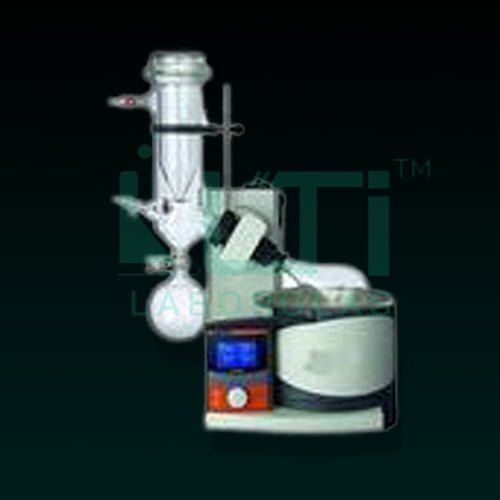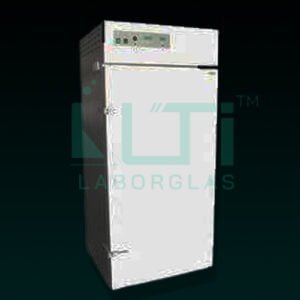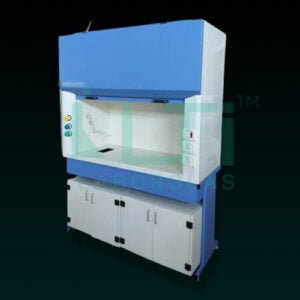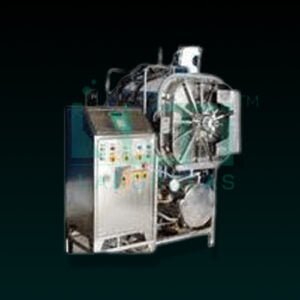Features:
- Temperature Bath for Viscometer/Evaporator
- Highly accurate designed bath
- Double walled inner 304 S.S. mirror finish and exterior also made of S.S 304 matt finish
- High grade PUFF insulation to minimize the heat exchange
- Microprocessor based PID temperature controller with dual Digital indicator for SET & process value
- Consist with pump cum stirring assembly for model of viscometer
- Selection for heating or cooling model
Technical Specifications:
| Part No. | Size capacity (LXWXD) | Temp. Range | Temp. Accuracy |
| 11400-A | 7”L X 13” WX 5”D 600 ML BEAKER | Ambient To 250 c | ±0.01 c |
| 11400-B | 7”L X13”WX6”D 600ML BEAKER | -20 c to +150 c | ±0.01 c |
| 11400-C | 7” L X 13”WX6” D 600ML Beaker | -50 c to +100 c | ±0.01 c |
| 11400-D | 10” DIA X 6” Depth | Above Ambient to 75 c | ±0.1 c |
| 11400-E | 12”dia x 6 ½” Depth | Above Ambient To 75 c | ±0.1 c |
A Temperature Bath for Viscometer is commonly used for:
- Viscosity Testing: Providing a controlled temperature for accurate viscosity measurements.
- Consistency in Testing: Ensuring consistent temperature conditions for viscometer analysis.
- Fluid Dynamics Experiments: Supporting studies on the flow properties of fluids.
- Quality Control: Maintaining precise temperature for reliable viscosity assessments.
- Calibration: Used in the calibration of viscometers for accurate readings.
- Research and Development: Supporting R&D activities in fluid dynamics and rheology.
- Industrial Applications: Employed in various industries for viscosity control of fluids.
- Material Characterization: Assessing the viscosity of materials for characterization.
- Process Optimization: Ensuring optimal conditions for viscosity-related processes.
- Standardization: Providing a stable temperature environment for standardization of viscosity testing procedures.





